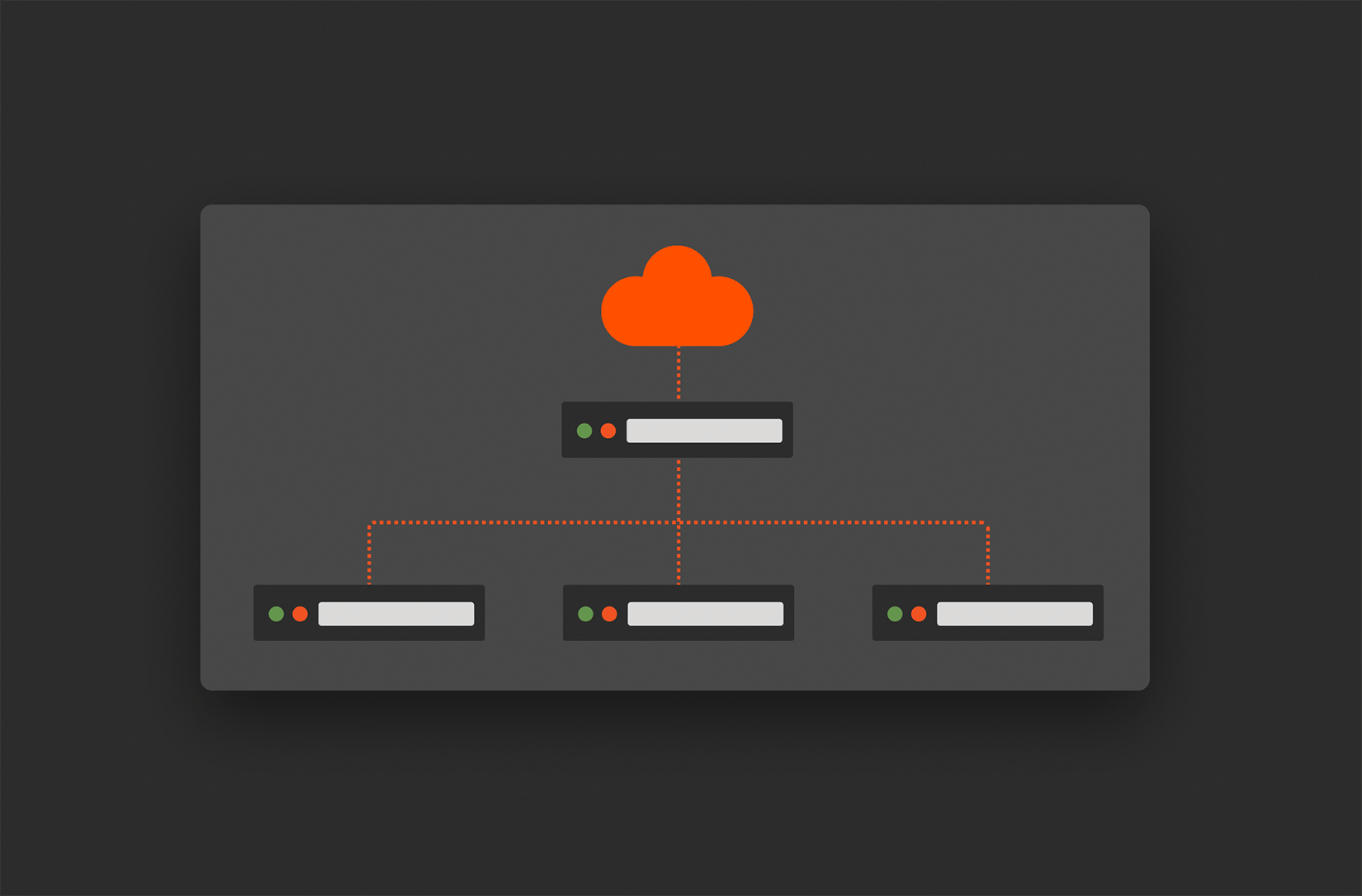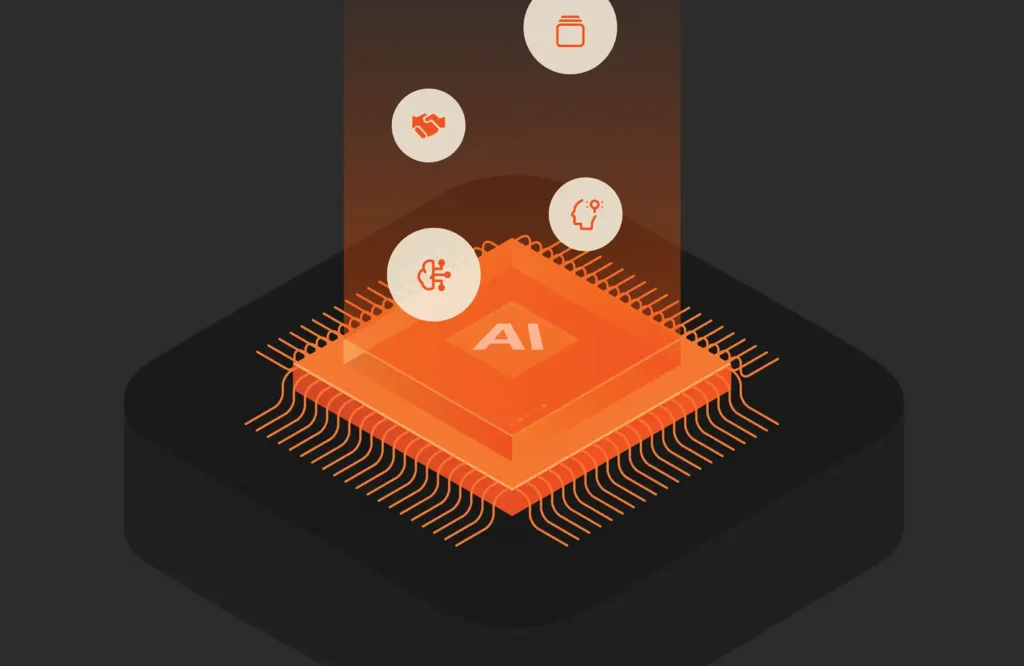In the world of networking, core switches and edge switches are two essential components that play distinct roles in the functioning of a network. Understanding their differences is crucial for designing efficient and robust networks that meet the specific needs of organizations. Here, we will core switches vs. edge switches.
Understanding Core Switches vs. Edge Switches
Core switches and edge switches are both types of network switches, but they operate at different levels within a network architecture. Their functions and capabilities are tailored to suit the demands of specific parts of the network, and understanding these distinctions is vital for building effective communication infrastructures.
Difference Between Core Switches and Edge Switches, Explained
The primary distinction between a core switch and an edge switch lies in their placement within the network topology and the types of tasks they handle. Core switches serve as the backbone of the network, facilitating high-speed data transfer and routing between various parts of the infrastructure. Edge switches, on the other hand, are located at the edge of the network and are responsible for connecting end-user devices, such as computers, printers, and other peripherals.
What OSI Layer Does an Edge Switch Operate On?
An edge switch primarily operates at the data link layer (Layer 2) and the network layer (Layer 3) of the Open Systems Interconnection (OSI) model. At Layer 2, edge switches use media access control (MAC) addresses to manage traffic within a local area network (LAN). At Layer 3, they can perform some basic IP routing functions, helping to direct packets to their intended destinations.
What OSI Layer Does a Core Switch Operate On?
A core switch operates mainly at Layer 2 of the OSI model. Its primary purpose is to provide ultra-fast and efficient packet forwarding within the network. Core switches do not concern themselves with Layer 3 routing functions, which are typically handled by core routers in larger networks.
What Is a Core Switch?
A core switch is a high-performance network switch located at the center of the network infrastructure. It serves as the central point of connectivity, aggregating data from various switches and routers throughout the organization. Switches are designed to handle substantial data traffic and are crucial for ensuring low-latency and high-bandwidth communication between different parts of the network.
Core Switches, Explained
Core switches are known for their non-blocking architecture, allowing simultaneous data transmission across multiple ports without congestion. They offer advanced features like quality of service (QoS) mechanisms to prioritize critical data traffic and link aggregation to increase bandwidth capacity. Switches are typically found in data centers, enterprise networks, and internet service provider (ISP) backbones.
Core Switch vs. Core Router
While core switches and core routers may seem similar due to their central roles in the network, they serve distinct functions. Core switches handle the high-speed switching of data within the LAN, whereas core routers are responsible for routing data between different networks, such as connecting LANs to the internet.
Is a Core Switch Necessary?
The necessity of a core switch depends on the scale and complexity of the network. In small- to medium-sized networks, a robust distribution switch may suffice for interconnecting edge switches. However, for larger networks with heavy data loads, introducing a dedicated core switch becomes essential to maintain optimal performance and reduce network bottlenecks.
What Is an Edge Switch?
An edge switch, also known as an access switch, is a network switch located at the edge of the network, close to end-user devices. Its primary function is to provide local network connectivity to devices like computers, printers, and IP phones. Edge switches are responsible for managing traffic within the LAN, ensuring efficient data delivery to and from end-user devices.
An Overview of Edge Switches
Edge switches are designed with a focus on ease of use, scalability, and cost-effectiveness. They offer a variety of port configurations, Power over Ethernet (PoE) support, and virtual local area network (VLAN) capabilities to logically segregate network traffic and improve security. Edge switches are commonly found in offices, schools, and small- to medium-sized business networks.
Edge Switch vs. Edge Router
Edge switches and edge routers serve different purposes in a network. An edge switch manages local area network traffic, connecting end-user devices within the LAN. Conversely, an edge router connects the LAN to external networks, such as the internet, and is responsible for routing data between different networks.
Is an Access Switch the Same Thing as an Edge Switch?
Yes, an access switch is essentially the same as an edge switch. Both terms are used interchangeably to refer to the network switches located at the edge of the network, providing connectivity to end-user devices.
Differences Between Core and Edge Switches
Core and edge switches have several unique features that cater to their specific roles:
Unique Features of a Core Switch
- Non-blocking architecture for high-speed data forwarding
- High port density to accommodate numerous connections from distribution switches and routers
- Advanced features like QoS and link aggregation for efficient traffic management
- Redundancy support for increased reliability and fault tolerance
Unique Features of an Edge Switch
- PoE support for powering end-user devices like IP phones and access points
- VLAN capabilities to segment and secure network traffic
- Limited Layer 3 routing functionality for basic IP routing within the LAN
- User-friendly management interfaces for ease of configuration and monitoring
Trade-offs of Networks with Core and Edge Switches
Scalability and Performance
Using core switches enhances network scalability and performance by efficiently managing data traffic between various parts of the network. Edge switches focus on providing local connectivity and may experience performance limitations when dealing with extensive data loads.
Redundancy and Centralized Management
Core switches often include redundancy features like hot-swappable power supplies and modular designs, increasing network reliability. Edge switches may have limited redundancy options and might need a centralized management system for effective configuration and monitoring.

Try FlashArray//C™
Capacity-optimized, All-flash Storage
Get enterprise-class performance, reliability, and agility at an accessible price.
Core and Edge Switch Networks Cost More
Implementing a network with both core and edge switches can be more expensive than a simple flat network. However, the benefits of performance, scalability, and redundancy justify the investment for larger and more complex networks.
Core and Edge Switch Networks Are Complex
The design and configuration of networks with core and edge switches require more planning and expertise, leading to increased complexity. Proper network segmentation, VLAN configuration, and QoS settings are essential for optimal performance.
Conclusion
In conclusion, core switches and edge switches are indispensable components of modern network infrastructures, each serving distinct roles. Core switches act as the backbone, ensuring efficient data transfer between various parts of the network, while edge switches provide local connectivity to end-user devices.
Understanding the differences and trade-offs between these switches enables network engineers to design robust and scalable communication systems tailored to meet the specific needs of organizations.
Network switches don’t have to be complicated. Contact Pure Technical Services to help you find the optimal configuration for your storage area network today.

Written By:






